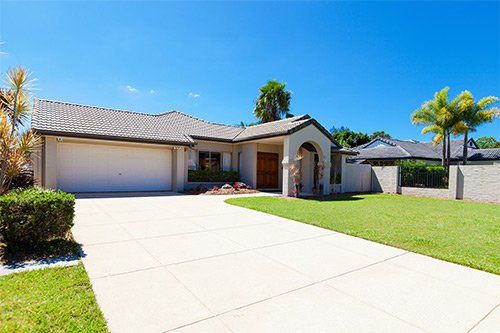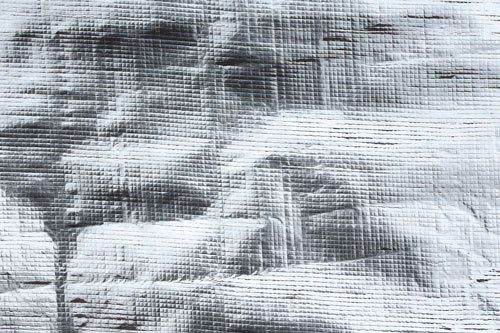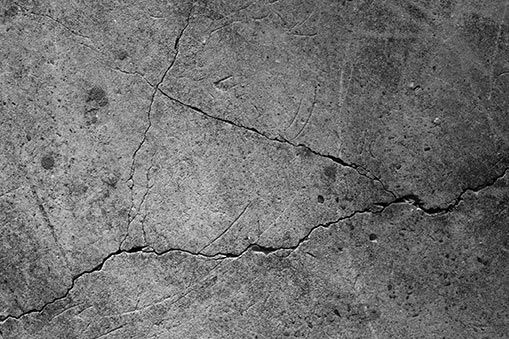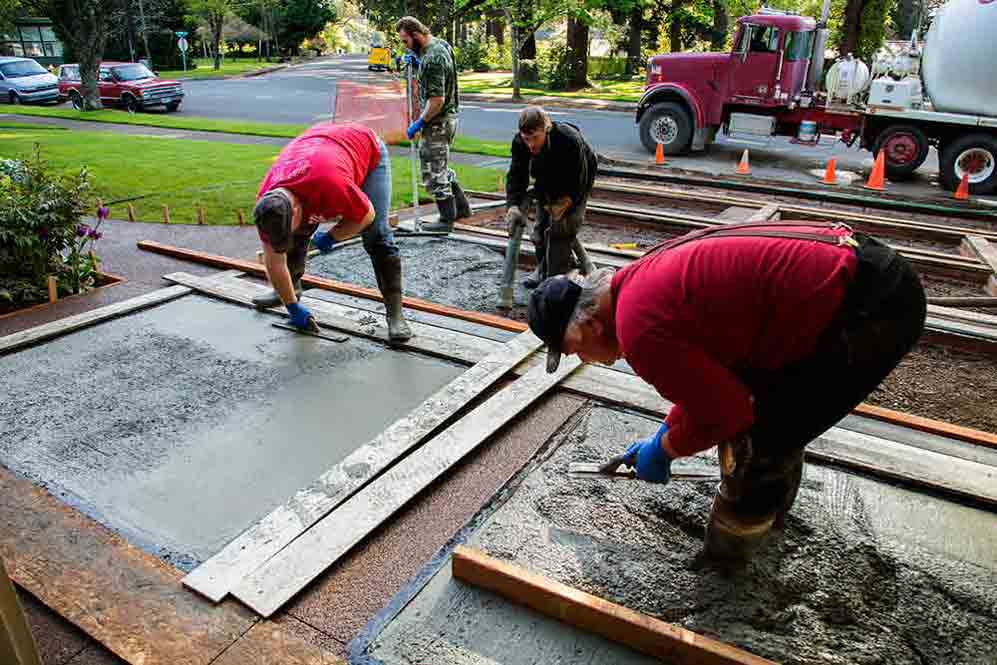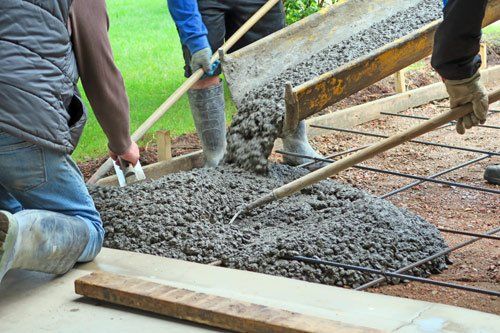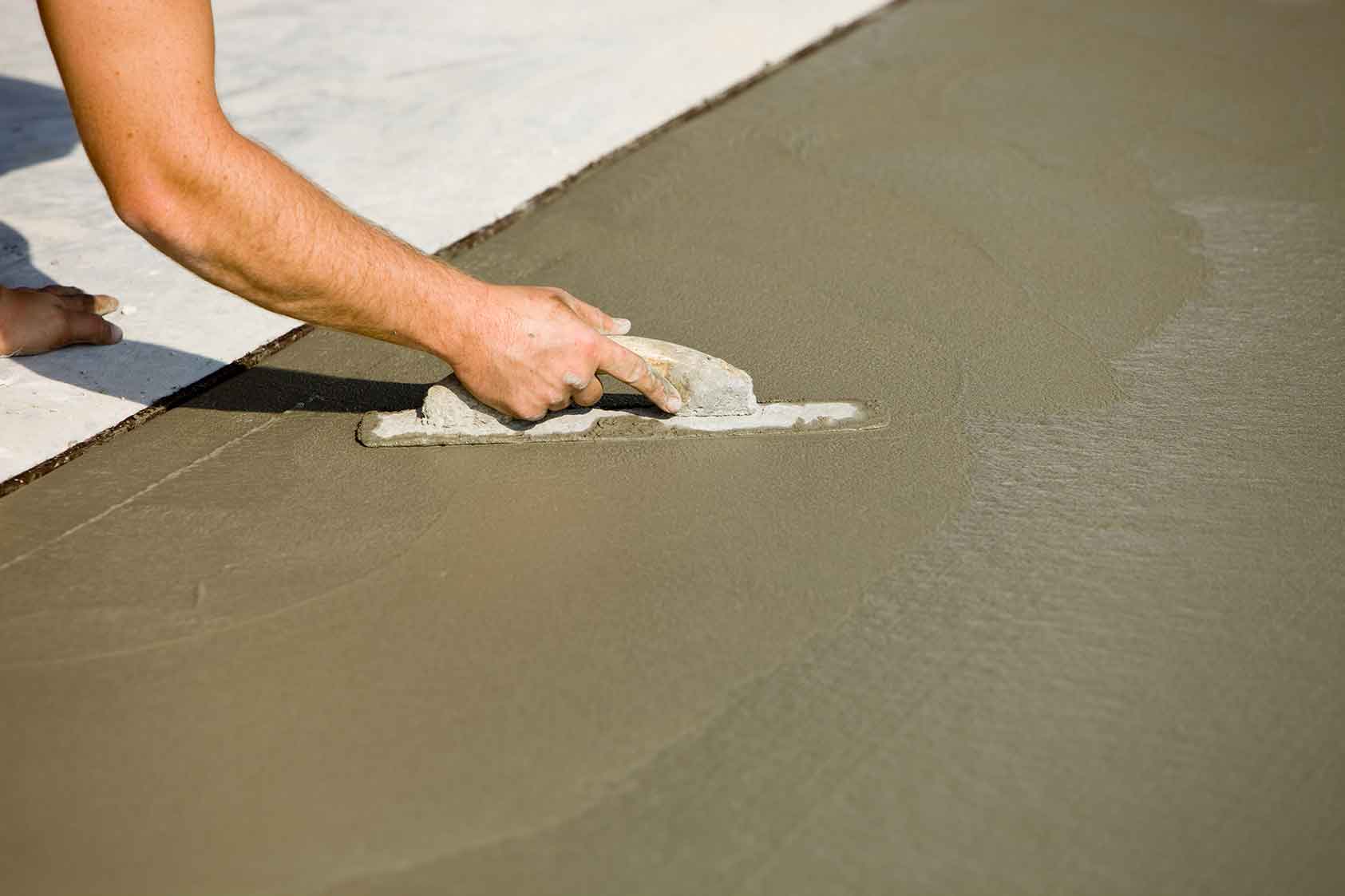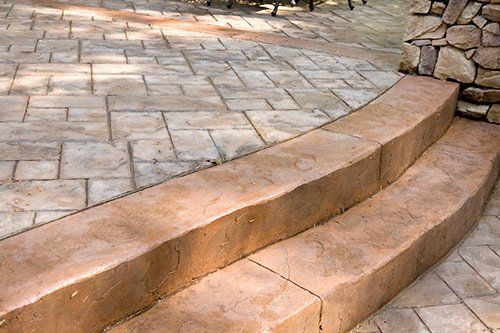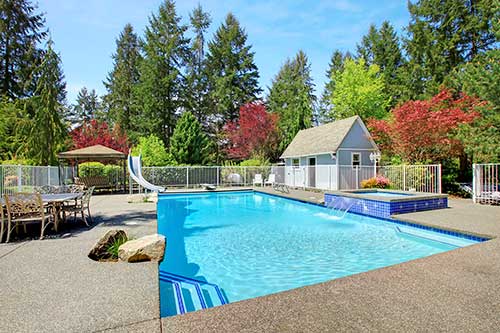
The use of concrete as a construction material dates all the way back to the time of the Romans, who used concrete to build still-standing structures like the Pantheon. Today, concrete can be found virtually everywhere on the planet. This continued popularity stems directly from the tough and durable nature of concrete.
Yet that doesn't mean that a concrete won't face certain problems as time goes on. One common problem goes by the name of efflorescence. While it won't compromise the structural integrity of concrete, efflorescence represents a visual eyesore, one that can wreak havoc on decorative concrete.
Fortunately, experienced concrete contractors can take measures to keep efflorescence at bay. If you would like to learn more about concrete efflorescence, as well as the ways to remove and protect against it, read on. This article will provide a useful overview of concrete efflorescence.
Concrete Efflorescence
Efflorescence involves formation of powdery white deposits on the surface of cured concrete. This issue affects both unsealed concrete as well as sealed or polished surfaces. Efflorescence consists of salts and other mineral byproducts pushed to the surface by water vapor migrating through the concrete.
When it comes to outdoor concrete, most people consider efflorescence only a minor nuisance. If light enough, it may even be worn or washed away by environmental factors. You can remove more serious instances of efflorescence through the use of an acidic concrete cleaner and/or a sandblaster.
Sealed Concrete
Efflorescence poses more serious problems for decorative concrete - specifically concrete that has been treated with a sealer. In the case of acrylic sealers, efflorescence will lead to formation of salt deposits underneath the sealer. These deposits are virtually impossible to remove and often require a new stain to be added to hide the discoloration.
The repercussions of efflorescence grow even worse for floors and other concrete surfaces treated with urethane or epoxy sealers. Unlike acrylic sealers, which do not prevent water vapor from passing through them, urethane and epoxy sealers create a water-impenetrable layer on top of the concrete.
As a result, the water vapor that causes efflorescence remains trapped beneath the sealer. Such moisture exerts a large amount of pressure on the underside of the sealer. It can easily lead to the formation of blisters in the sealer. It can also cause the top layer of concrete to become delaminated, which in turn weakens the stability of the slab.
Efflorescence Prevention
As noted above, you can remove efflorescence from unsealed concrete with relative ease. The same does not hold true for sealed concrete, however. Therefore contractors must take additional steps during installation to ensure that efflorescence does not become a problem down the line.
Contractors use two key strategies to limit efflorescence. The first involves altering the concrete's recipe through the addition of either metakaolin or Class-F fly ash. Both of these substances bind tightly to the efflorescence-related salt known as calcium hydroxide, which is naturally found in concrete.
The second strategy for limiting efflorescence involves adequately protecting the subsurface from moisture. Contractors do this by installing what are known as vapor barriers before pouring the concrete slab. The simplest vapor barriers consist of little more than a watertight sheet of plastic.
Finally, urethane and epoxy sealers themselves can help protect against efflorescence if applied to the concrete as soon as it has fully hardened. These sealers will prevent water from migrating into the concrete from above, thus reducing the chances of efflorescence caused by such moisture.
While an undeniable nuisance, efflorescence can be prevented by having your next concrete slab installed by a true professional. For more information on what it takes to install concrete the right way, please contact the industry experts at Diamond Concrete Supply.

